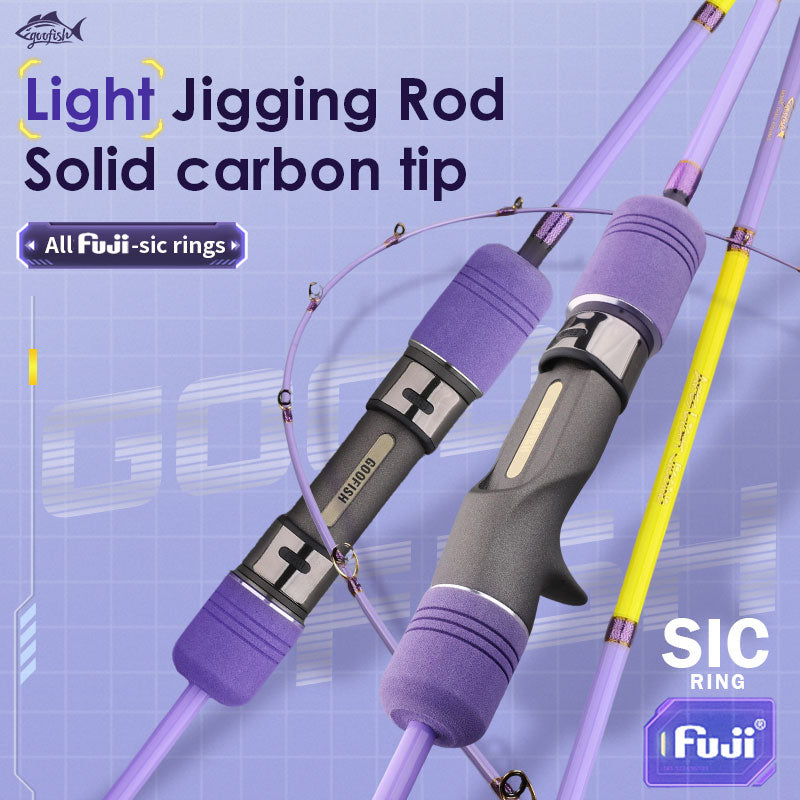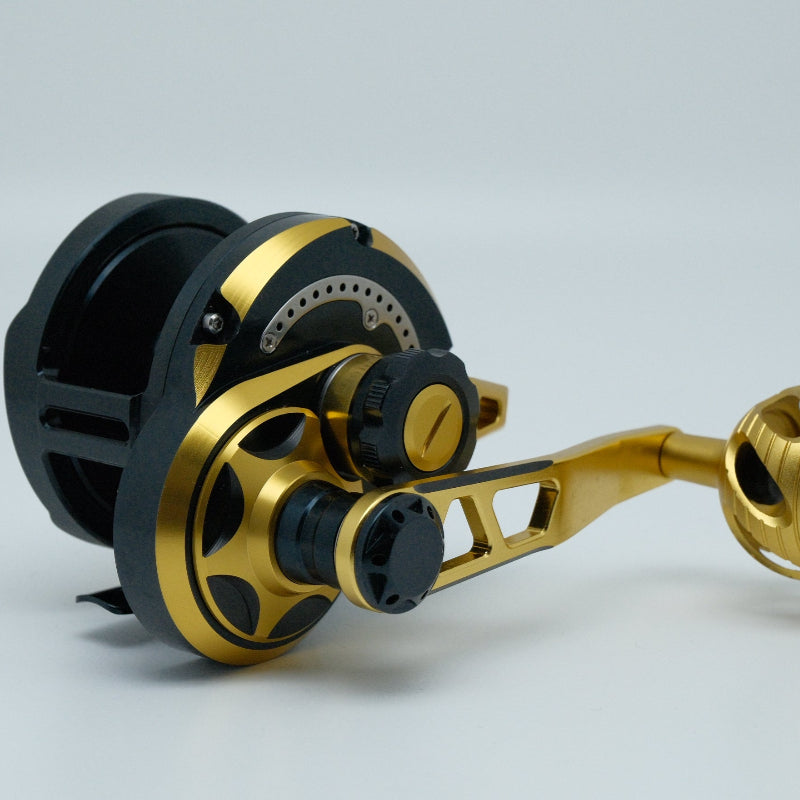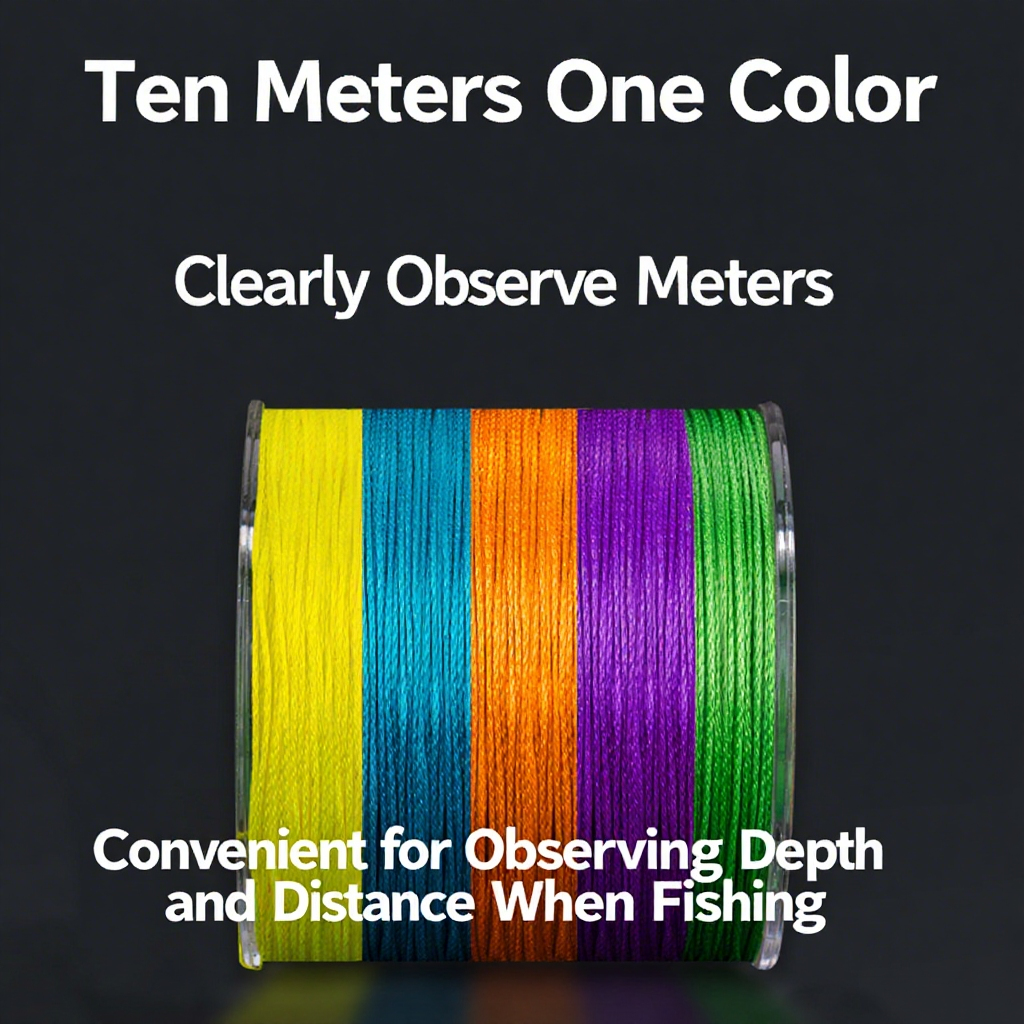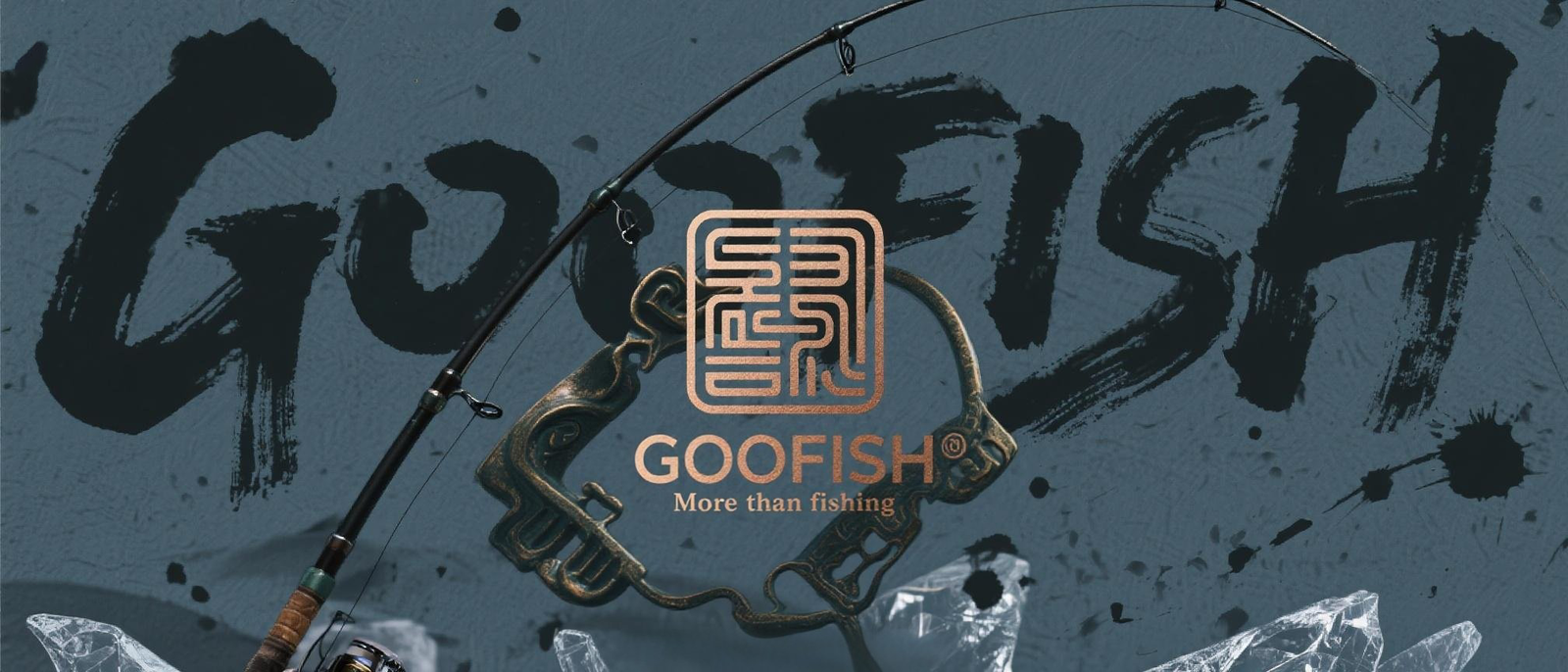From Stiff to Flexible: How the Evolution of Trout Rod Action Aligns with Modern Fishing Techniques
For decades, trout fishing has been a dance between angler and environment—requiring tools that adapt to both the fish’s behavior and the ever-changing aquatic landscape. At the heart of this evolution lies the trout rod action: a design feature that has transformed from rigid, power-focused tools to versatile, responsive instruments. Today, understanding how rod action aligns with modern techniques isn’t just a niche interest—it’s essential for anglers seeking to master fishing for lake trout, target elusive species like the German brown trout, or master finesse tactics with a rainbow trout lure.
The Shift: Why Flexibility Trumps Stiffness in Modern Trout Fishing
Historically, trout rods were built for brute force. Anglers relied on stiff, heavy rods to haul fish from fast-moving streams or lift heavy lures through thick cover. But as fishing techniques evolved—embracing finesse, stealth, and precision—the demand for good trout fishing rods shifted dramatically. Modern rods now prioritize action: the way a rod bends (its “flex”) and transfers energy to the line.
A flexible tip, for example, allows anglers to present small, delicate flies or soft plastics with minimal disturbance, a game-changer for rainbow trout lure enthusiasts targeting spooky fish in clear waters. Meanwhile, a moderate-flex backbone provides the sensitivity needed to detect subtle bites from lake trout lurking in deep, oxygen-poor zones, where even the faintest tap can be missed with a stiff rod.
Matching Rod Action to Trout Species and Techniques
Today’s trout anglers aren’t just fishing; they’re solving puzzles. Each species demands a tailored approach, and rod action is the key to unlocking success:
1. German Brown Trout: Power and Precision
The German brown trout is a master of evasion, known for its wariness and strength. To outsmart them, anglers need rods with a progressive action—stiff enough to set the hook on aggressive strikes but flexible enough to absorb the fish’s initial dive. A 9-foot rod with a medium-heavy modulus graphite blank, for instance, balances sensitivity (to detect bottom contact) and backbone (to control runs in fast water).
2. Lake Trout: Stealth and Depth
Fishing for lake trout often means probing deep, cold waters where visibility is low and patience is a virtue. Here, a slow-flex or moderate action rod excels. The gradual bend distributes pressure evenly, preventing the fish from feeling resistance and spooking. Paired with a light line and live bait or a jigging spoon, such rods deliver the precision needed to target suspended fish in 50+ feet of water.
3. Rainbow Trout: Finesse and Versatility
For rainbow trout, the go-to approach is often finesse fishing—using small flies, micro-jigs, or soft plastics in streams, rivers, or lakes. A fast-action rod with a light tip is ideal for delicate presentations, allowing the bait to float naturally or sink slowly without dragging. The rod’s quick recovery speed also aids in detecting bites and executing pinpoint hooksets, even in tight spaces like undercut banks or logjams.
Choosing the Right Tool: Key Considerations for Every Angler
Selecting the best good trout fishing rods starts with understanding your target, environment, and technique. Here’s a quick guide:
- Environment: Fast-flowing streams favor fast-action rods for control; calm lakes or slow rivers benefit from moderate-flex rods for stealth.
- Tackle: Light lures (1/16 oz or less) demand flexible tips to prevent spooking; heavier baits (1/4 oz +) require stiffer midsections to drive the hook home.
- Species: Prioritize German brown trout rods with extra backbone for battling strength; opt for lake trout fish poles with extended lengths (9–10 feet) for reach in deep water.
The Future of Trout Fishing: Adapting to Change
As climate change alters trout habitats, water clarity shifts, and fish behavior evolves, the role of the trout rod will only grow more critical. Anglers who embrace flexible, responsive rod actions won’t just survive—they’ll thrive. Whether you’re chasing a rainbow trout lure through a mountain stream, probing for lake trout in a deep basin, or testing your skill against a German brown trout’s wits, the right rod can make all the difference.
Ready to upgrade your gear? Explore our selection of trout fishing rods designed for modern techniques, and start matching your action to your adventure. Remember: in trout fishing, flexibility isn’t just a feature—it’s a strategy.











Leave a comment